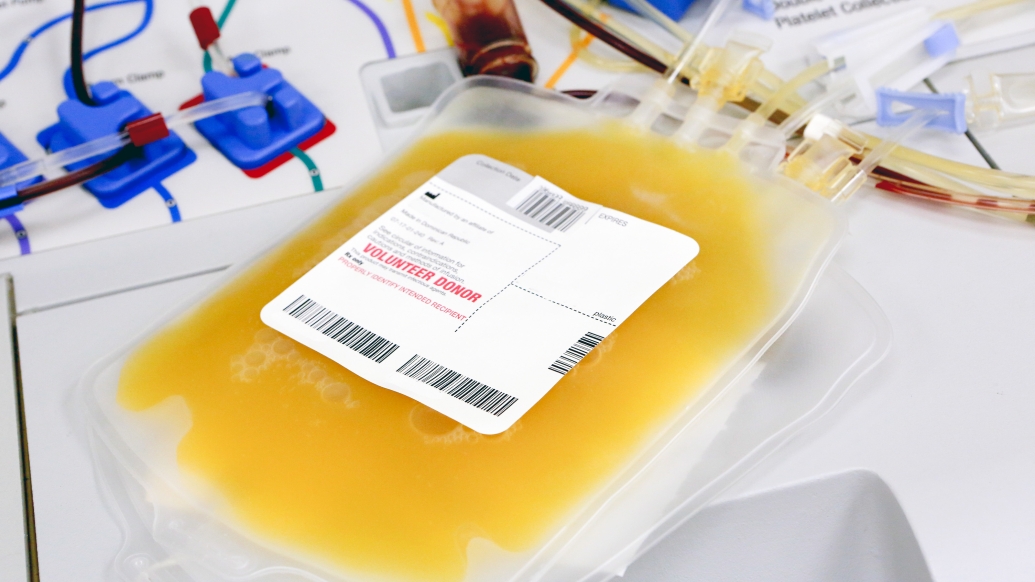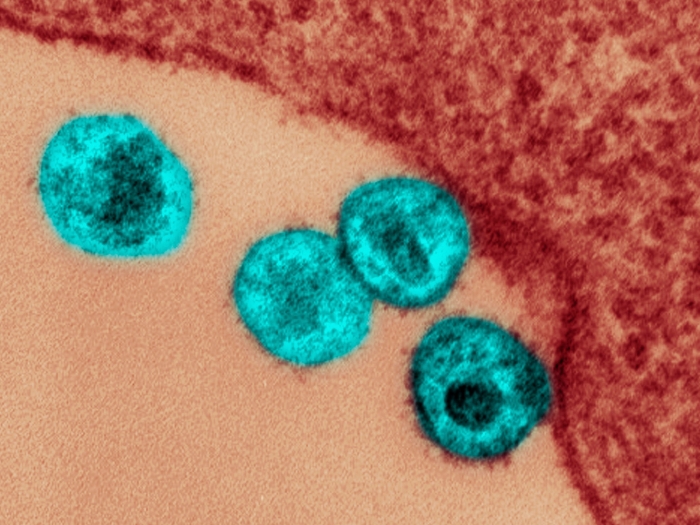Updated risk-based guidelines replace old ones that had kept many members of the LGBTQ+ community, and others, from saving lives through the donation of blood, plasma and platelets
10:51 AM
Author |

Updated August 7, 2023 now that the American Red Cross and other blood donation organizations have begun to implement the FDA guidelines announced in May.
Blood drives and donation centers across the country can now start welcoming millions more potential donors, now that the rules for who can donate have changed.
New guidelines announced in May 2023 by the federal government, and put into practice starting in August, make it much more possible for members of the LGBTQ+ community, especially men who have sex with men, to donate blood, plasma or platelets. Now, the rules are based on specific behavior-based risks, not broad-based bans.
People who couldn’t donate before because of their sexual orientation or practices can now donate blood under the new guidelines. For those who are newly eligible, here's more about what it’s like to donate and how to prepare.
Ready to give? Sign up here on the American Red Cross blood donation site, or look for your local blood donation agency.
SEE ALSO: What it’s really like to give blood
Even if you can't give under the new rules, you can organize a local blood drive to celebrate the change.
The new rules couldn’t come at a better time, says Robertson Davenport, M.D., director of the Blood Bank at Michigan Medicine, the University of Michigan’s academic medical center.
Summer always brings a drop in donations, as schools and colleges let out and people go on vacation.
But the need for blood products never ends, to help people with cancer, traumatic injuries, difficult births, organ failure, sickle cell disease and many more conditions.
At U-M alone, patients receive 30,000 units of red blood cells, 15,000 units of platelets, and 7,000 units of plasma every year.
“The U.S. Food and Drug Administration’s new guidance on individualized risk assessment of blood donors is an important step forward in assuring availability of blood for our patients while maintaining the highest level of safety,” he said. “The new individualized risk assessment more clearly focuses on potential donor who are at risk and allow for donation by low-risk individuals regardless of sexual orientation. This is an important step forward in increasing blood donations.”
Davenport remembers when the U.S. Food and Drug Administration put out its first guidelines restricting donation by gay and bisexual men, because of worries about HIV, the virus that causes AIDS. He was in medical school 40 years ago this spring when those first guidelines came out, driven by the lack of precise testing, an abundance of caution and fear of the new virus.
The new individualized risk assessment more clearly focuses on potential donor who are at risk and allow for donation by low-risk individuals regardless of sexual orientation."
– Robertson Davenport, M.D.
Today, as the director of one of the nation’s busiest and most sophisticated blood banks, he says advances in science, technology, public health and medication to prevent HIV infections have made the new guidelines possible. A clinical trial, run after the dire blood shortages seen in the first year of the COVID-19, showed that it was safe to base donation eligibility on individual risk.
“The FDA is making changes to how blood donors are screened based on high-quality scientific evidence,” Davenport said. “Since the first implementation of indefinite deferral of men who have sex with men, there have been great strides made in donor testing and in the understanding of epidemiology of HIV. We now know that there are many men who have sex with men who are very low risk.”
At the same time, he added, “we know that there are other donors who are at increased risk of HIV who were not covered under the previous deferral, such as heterosexuals with a new sexual partner and those who engage in certain sexual activities.”
SEE ALSO: Peek inside a bank full of priceless gifts | Michigan Medicine
The FDA’s continued caution still prohibits blood donations by those who take prescription medication to prevent HIV infection if they’re exposed, because tests may not detect small amounts of virus that are in their blood while their immune system is fighting it off with help from the medication. This kind of preventive medication is often called PrEP, for pre-exposure prophylaxis.
The new changes come soon after relaxation of other donation restrictions for people who have lived or traveled extensively in the United Kingdom and France, who had previously been restricted because of the risk of "mad cow" disease, officially known as CJD.
Those who have lived in or traveled to parts of the world where malaria is common now have different waiting periods before they can give blood, depending on how long they spent in those countries; all donors are screened for travel history outside the U.S. and Canada before they can give.
The FDA has also shortened or eliminated the waiting period for people who have received tattoos or piercings in recent months.
There are still restrictions on who can give blood, in order to reduce known risks from multiple infectious diseases and medications that could harm the vulnerable patients who receive blood products.
But now, those restrictions are all based on specific and individual risks.
And the more people who can donate the better. Because Davenport’s Blood Bank team, and their colleagues nationwide, don’t ever want to tell a medical team that there’s nothing left for their patient.
With the new rules in place, that has just become much less likely.

Explore a variety of healthcare news & stories by visiting the Health Lab home page for more articles.

Department of Communication at Michigan Medicine
Want top health & research news weekly? Sign up for Health Lab’s newsletters today!





